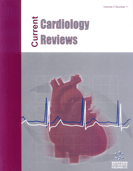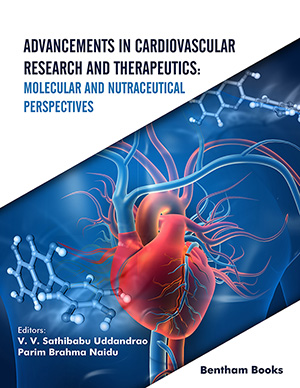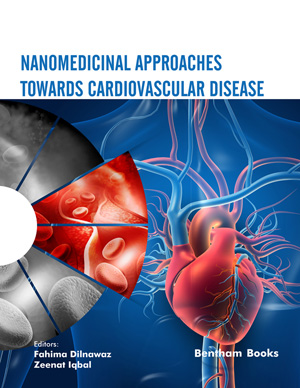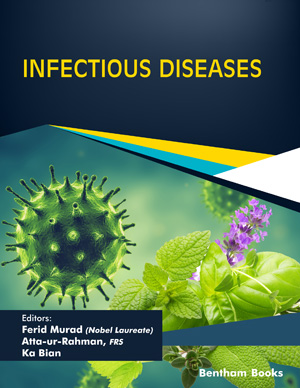Abstract
Emergency room evaluations of patients presenting with chest pain continue to rise, and these evaluations which often include cardiac imaging, are an increasing area of resource utilization in the current health system. Myocardial perfusion imaging from the emergency department remains a vital component of the diagnosis or exclusion of coronary artery disease as the etiology of chest pain. Recent advances in camera technology, and changes to the imaging protocols have allowed MPI to become a more efficient way of providing this diagnostic information. Compared with conventional SPECT, new high-efficiency CZT cameras provide a 3-5 fold increase in photon sensitivity, 1.65-fold improvement in energy resolution and a 1.7-2.5-fold increase in spatial resolution. With stress-only imaging, rest images are eliminated if stress images are normal, as they provide no additional prognostic or diagnostic value and cancelling the rest images would shorten the length of the test which is of particular importance to the ED population. The rapid but accurate triage of patients in an ED CPU is essential to their care, and stress-only imaging and new CZT cameras allow for shorter test time, lower radiation doses and lower costs while demonstrating good clinical outcomes. These changes to nuclear stress testing can allow for faster throughput of patients through the emergency department while providing a safe and efficient evaluation of chest pain.
Keywords: SPECT myocardial perfusion imaging, chest pain unit, stress-only protocol, CZT SPECT, radiation exposure, RADIATION EXPOSURE, Exercise Treadmill Testing, ETT, MYOCARDIAL PERFUSION


















